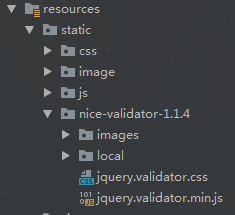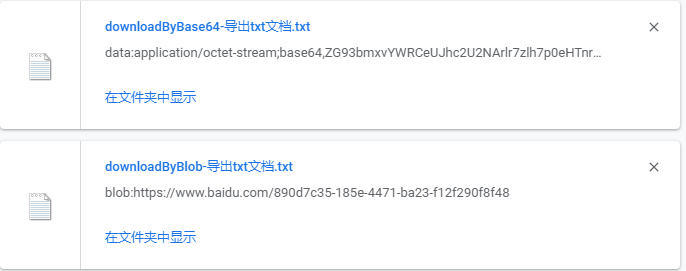我们先来看一道题目
不能正确执行,因为write函数丢掉了上下文,
此时this的指向global或window对象,导致执行时提示非法调用异常,所以我们需要改变this的指向
正确的方案就是使用imsun">bind/call/apply来改变this指向
bind方法
call方法
apply方法
函数
bind()最简单的用法是创建一个函数,使这个函数不论怎么调用都有同样的this值。常见的错误就像上面的例子一样,将方法从对象中拿出来,然后调用,并且希望this指向原来的对象。如果不做特殊处理,一般会丢失原来的对象。使用bind()方法能够很漂亮的解决这个问题:
偏函数(Partial Functions)
Partial Functions也叫Partial Applications,这里截取一段关于偏函数的定义:
Partial application can be described as taking a function that accepts some number of arguments,binding values to one or more of those arguments,and returning a new function that only accepts the remaining,un-bound arguments.
这是一个很好的特性,使用bind()我们设定函数的预定义参数,然后调用的时候传入其他参数即可:
和setTimeout or setInterval一起使用
一般情况下setTimeout()的this指向window或global对象。当使用类的方法时需要this指向类实例,就可以使用bind()将this绑定到回调函数来管理实例。
绑定函数作为构造函数
绑定函数也适用于使用new操作符来构造目标函数的实例。当使用绑定函数来构造实例,注意:this会被忽略,但是传入的参数仍然可用。
<div class="jb51code">
<pre class="brush:js;">
<script type="text/javascript">
function Point(x,y) {
this.x = x;
this.y = y;
}
Point.prototype.toString = function() {
console.log(this.x + ',' + this.y);
};
var p = new Point(1,2);
p.toString(); // 1,2
var YAxisPoint = Point.bind(null,10);
var axisPoint = new YAxisPoint(5);
axisPoint.toString(); // 10,5
console.log(axisPoint instanceof Point); // true
console.log(axisPoint instanceof YAxisPoint); // true
console.log(new Point(17,42) instanceof YAxisPoint); // true






